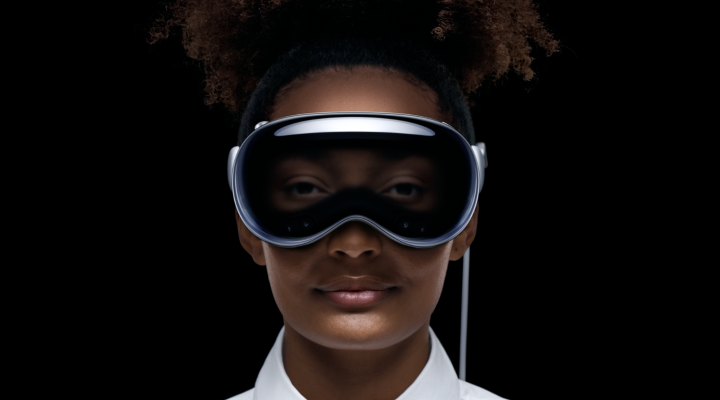
Apple’s new Vision Pro mixed-reality headset has been mostly warmly received, but its high price has left many wondering if it’ll actually sell.
Unveiled last week at Apple’s annual Worldwide Developers Conference, the Vision Pro — the company’s first new product category since the Apple Watch landed in 2015 — comes with a $3,500 price tag, making it more than three times the price of Meta’s top-of-the-range Quest Pro, which costs $999.
But just as Meta has the more affordable Quest 3 headset costing $499, Apple is also expected to produce a cheaper version of the Vision Pro.
According to reliable Apple leaker Mark Gurman, the tech giant is “already working on a cheaper model to get the new product category onto the faces of more people,” with the headset perhaps taking the name Apple Vision or Apple Vision One.
However, the company is “currently planning a release of the cheaper model for as early as the end of 2025, meaning it won’t debut for about two years after the original Vision Pro,” Gurman said on Sunday in his weekly newsletter for Bloomberg.
To reduce the product’s price, elements of the Vision Pro will have to be toned down or discarded. For example, Gurman suggests that Apple might install screens of a lower quality than those in the Pro. It could also opt for either an iPhone-grade chip or an older Mac chip, and use fewer cameras that would reduce its performance capabilities compared to the premium model.
Apple might also use a simpler headband design, Gurman said, and require AirPods for spatial audio in place of the speakers built into the Vision Pro.
Other changes might include a move to a physical adjuster for interpupillary distance (the distance between the centers of your eyes) over an automatic one, and the possible removal of features such as the 3D camera.
But Gurman suggests that the device will retain the external EyeSight screen that shows a wearer’s eyes, and also the eye- and hand-tracking system that eliminates the need for hand controllers.
“Combined with a more refined production process, economies of scale, and a cheaper frame, I’d imagine Apple could knock several hundred dollars off the price,” Gurman predicts.
If that turns out to be correct, the device will still cost a fair bit and so could prompt some customers interested in experiencing AR/VR to consider rival devices.
Want to see how the Vision Pro stacks up against Meta’s Quest Pro? Digital Trends has you covered.
Editors’ Recommendations
